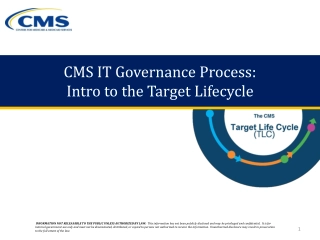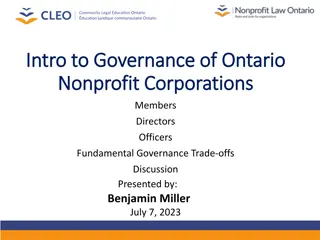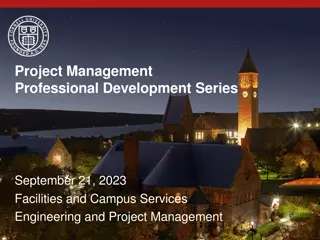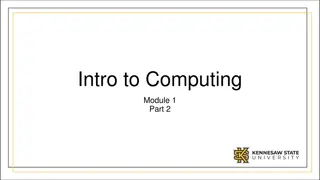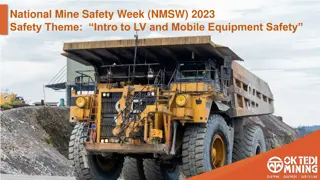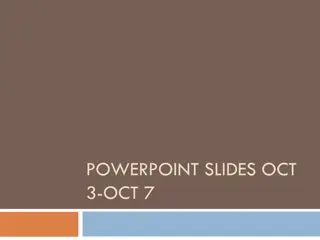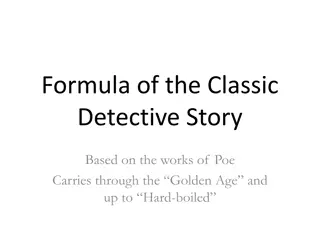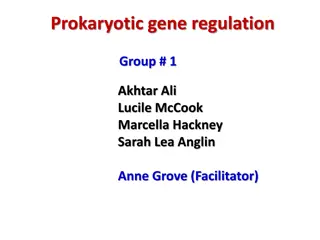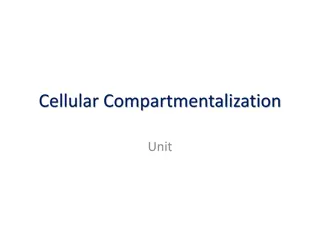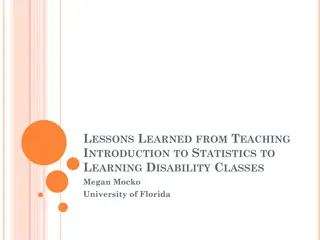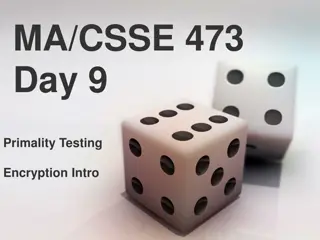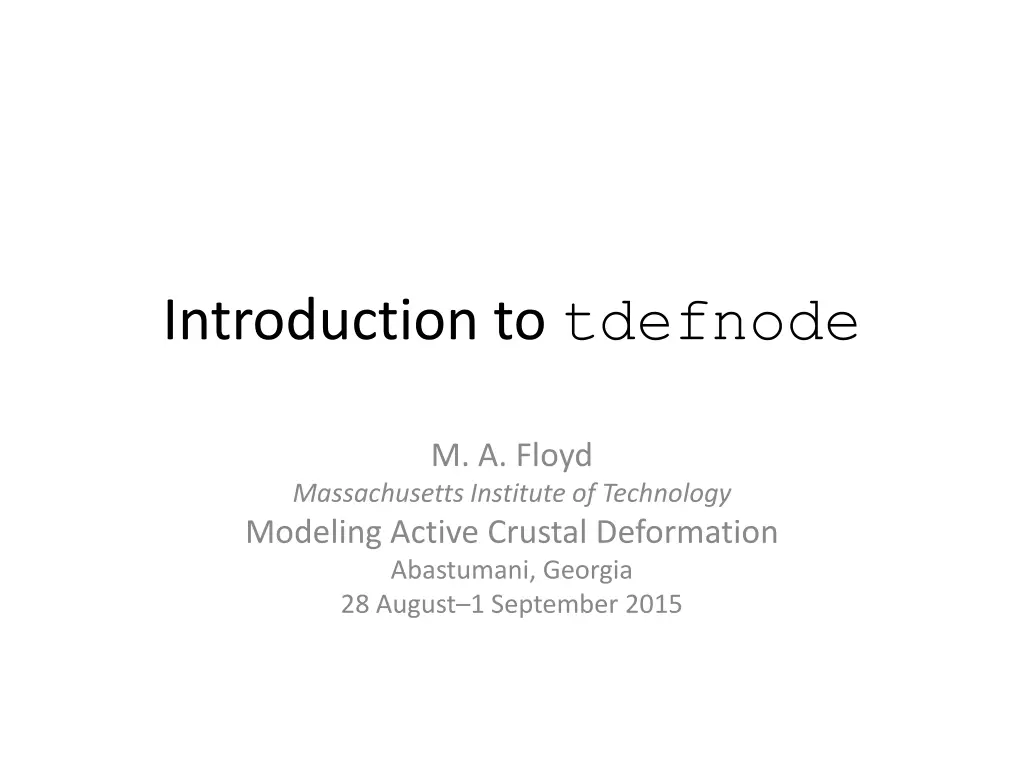
Modeling Active Crustal Deformation with Tdefnode
Explore the Tdefnode software developed by M. A. Floyd at Massachusetts Institute of Technology for modeling active crustal deformation. Learn about its concepts, commands, possible inputs and outputs, along with where to download the source code. Discover how Tdefnode can incorporate various sources of deformation for comprehensive analysis.
Download Presentation

Please find below an Image/Link to download the presentation.
The content on the website is provided AS IS for your information and personal use only. It may not be sold, licensed, or shared on other websites without obtaining consent from the author. If you encounter any issues during the download, it is possible that the publisher has removed the file from their server.
You are allowed to download the files provided on this website for personal or commercial use, subject to the condition that they are used lawfully. All files are the property of their respective owners.
The content on the website is provided AS IS for your information and personal use only. It may not be sold, licensed, or shared on other websites without obtaining consent from the author.
E N D
Presentation Transcript
Introduction to tdefnode M. A. Floyd Massachusetts Institute of Technology Modeling Active Crustal Deformation Abastumani, Georgia 28 August 1 September 2015
Concepts of tdefnode Written by Rob McCaffrey (e.g. McCaffrey, 2009) Originally developed to model: Surface velocities and displacements Elastic deformation along faults bounding regions of coherent motion Now: Operates on time series as well as velocities and displacements Incorporates earthquake and other types of isolated sources of deformation, e.g. Mogi point source 2015/08/30 Introduction to tdefnode - M. A. Floyd 2
Source code May be downloaded from http://web.pdx.edu/~mccaf/www/defnode/ Latest stable version is 2015.07.30 Written in Fortran Requires Fortran compiler, e.g. gfortran, ifort, etc. A manual and are available as HTML files in the source directory Also available directly online at http://web.pdx.edu/~mccaf/www/defnode/tdefnode.html and links therein May be compiled simply by editing the Makefile (probably unnecessary) and running make 2015/08/30 Introduction to tdefnode - M. A. Floyd 3
Command file Controlled by command file, which is passed to tdefnode command tdefnode experiment.tdfn Command file may contain several different models (MO: option; 4-character name), which can be run with a second argument tdefnode experiment.tdfn mod1 All options within command file start with two identifying letters in the first two columns and end with a colon, e.g. MO: = mo: = MOdel: = Model: If two identifying letters are not found at the beginning of the line, followed by a colon, the line is considered a comment This includes if there is whitespace at the beginning of the line 2015/08/30 Introduction to tdefnode - M. A. Floyd 4
Possible inputs GPS velocities (three components) GPS time series (three components) InSAR velocities InSAR time series Earthquake slip vectors (three components) Fault offset estimates Geologic rotation rates 2015/08/30 Introduction to tdefnode - M. A. Floyd 5
Possible outputs Plate (or smaller block ) rotation rates Bounding fault slip rates are derived from these Rotation between two or more different GPS velocity solutions Strain rates within plates or blocks Earthquake source parameters (strike, dip, rake, slip, etc.) Models may be simple (e.g. all faults completely locked or freely slipping) or complex (e.g. independent nodes) 2015/08/30 Introduction to tdefnode - M. A. Floyd 6
Defining faults Faults consist of a series of nodes (point sources) This scheme allows complex fault geometries, e.g. changing strike, dip, etc. tdefnode performs a back-slip calculation, e.g. long-term plate rotations are estimated with elastic locking in the uppermost crust present Therefore faults are defined by their surface nodes and nodes down to some depth (e.g. locking depth ) 2015/08/30 Introduction to tdefnode - M. A. Floyd 7
What does tdefnode do? Solves for parameters requested using data requested Computes Green s functions as necessary for elastic dislocations May be used to compute a forward model, e.g. grid of velocities from a given fault geometry 2015/08/30 Introduction to tdefnode - M. A. Floyd 8
What does tdefnodenot do? Format your data for you You must adhere to the input formats required Format the output to your needs You will need to understand, read and format the output files to your needs Plot your results You will need to write your own scripts to do this, e.g. using GMT Possible to use such scripts written by Rob McCaffrey (GMT 4), or Philippe Vernant and Dave Mencin (GMT 5) provided on tdefnode website I also have my own for my preferred style of plotting figures 2015/08/30 Introduction to tdefnode - M. A. Floyd 9
sh_data2tdfn I have written a script that reads several types of data processing output and writes a file in the format expected by tdefnode GLOBK .vel-files GLOBK earthquake displacements GLOBK .pos-files I can provide this to participants as-is 2015/08/30 Introduction to tdefnode - M. A. Floyd 10

